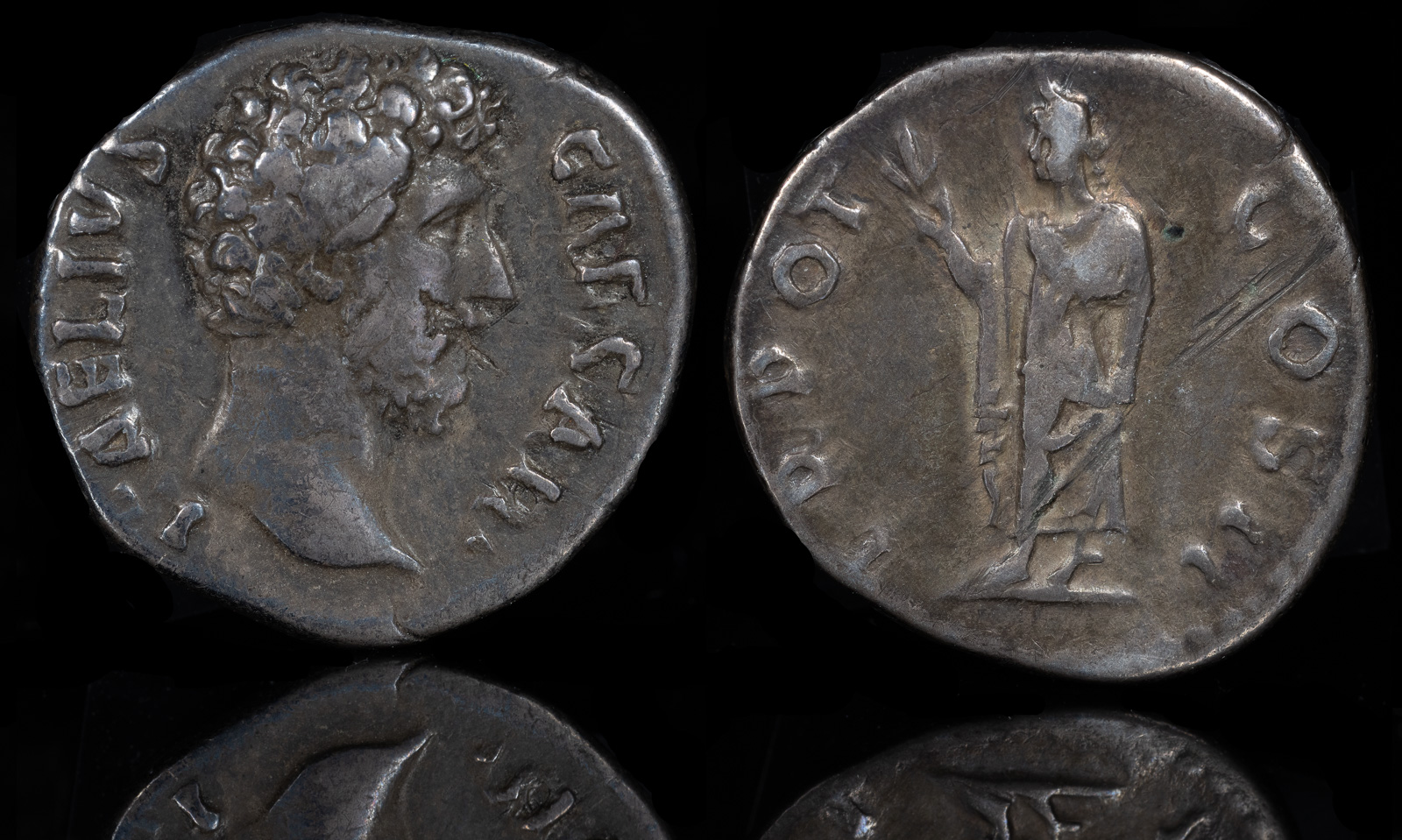Denarius
View All Tags
The early design of the denarius typically featured the helmeted head of Roma, the personification of Rome, on the obverse (front) and the Dioscuri—Castor and Pollux, the twin sons of Zeus—riding horses on the reverse. Over time, designs evolved to include various gods, goddesses, and symbols of Roman achievements, reflecting the growing power and identity of the Republic and later, the Empire. The denarius was also marked with Roman numerals to indicate its value, an innovation that helped ensure its trustworthiness.
During the Roman Empire, beginning with Augustus in 27 BCE, the denarius became a cornerstone of the Roman monetary system and a symbol of imperial authority. It was used not only in daily commerce but also to pay soldiers, fund public works, and support the expansive Roman bureaucracy. The emperor’s portrait often appeared on the obverse, while the reverse depicted propaganda themes, such as military victories or divine favor.
Over time, the silver content of the denarius began to decline due to economic pressures, inflation, and the Empire’s need to fund its vast expenditures. By the 3rd century CE, the denarius had been significantly debased, with its silver content dropping to negligible levels. This degradation contributed to economic instability and the eventual replacement of the denarius by other coins, such as the antoninianus.
The denarius’ legacy endured long after its disappearance from circulation. It influenced coinage systems in medieval Europe, and its name survives in modern currencies like the dinar, used in several countries today.
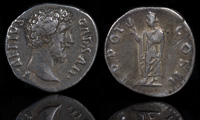
Aelius 137 CE
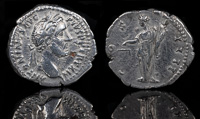
Antoninus Pius 138-161 CE

Antoninus Pius 158-159 CE

Antoninus Pius 159 CE
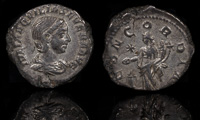
Aquilia Severa 220-222 CE
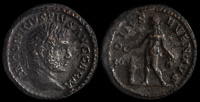
Caracalla 198-217 CE

Caracalla 198-217 CE
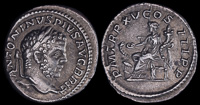
Caracalla 212 CE
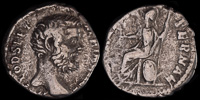
Clodius Albinus 193-195 CE
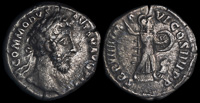
Commodus 180-192 CE
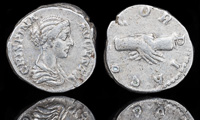
Crispina 177-182 CE
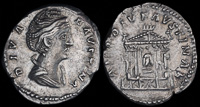
Diva Faustina Sr 146 CE
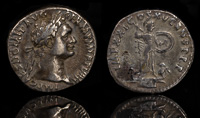
Domitian 90 CE
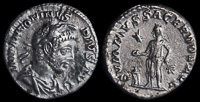
Elagabalus 218-222 CE
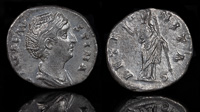
Faustina I 140-141 CE
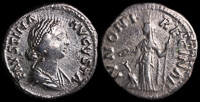
Faustina the Younger 147-175 CE
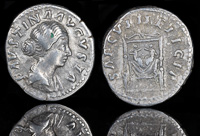
Faustina the Younger 147-175 CE

Geta 197-209 CE
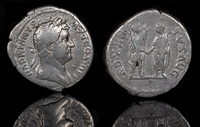
Hadrian 117-138 CE
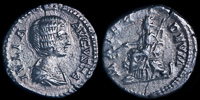
Julia Domna 205 CE
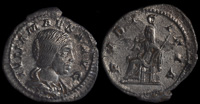
Julia Maesa 218-220 CE

Julia Mamaea 225-235 CE
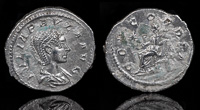
Julia Paula 219-220 CE

Julia Soaemias 218-222 CE

Julius Caesar 49-48 BCE
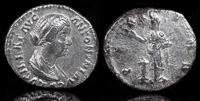
Lucilla 164-180 CE

Lucius Verus 161-169 CE
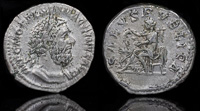
Macrinus 217-218 CE
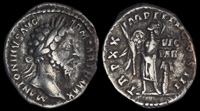
Marcus Aurelius 166 CE

Maximinus I Thrax 235-238 CE
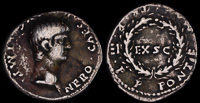
Nero 56-57 CE
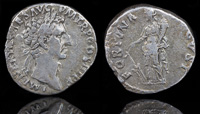
Nerva 97 CE

Otacilia Severa 244-249 CE

Philip II 244-246 CE
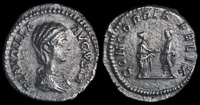
Plautilla 202-205 CE
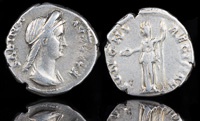
Sabina 133-135 CE

Septimius Severus 193-211 CE
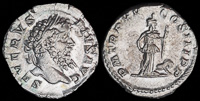
Septimius Severus 207 CE
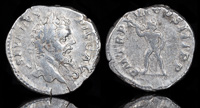
Septimius Severus 208 CE

Severina 275 CE

Severus Alexander 222-235 CE
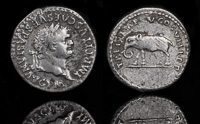
Titus 79-81 CE

Trajan 115 CE
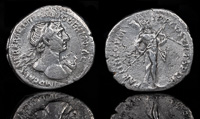
Trajan 98-117 CE
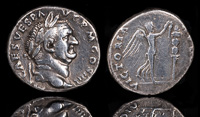
Vespasian 69-79 CE
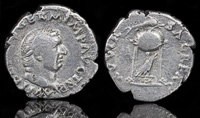
Vitellius 69 CE
